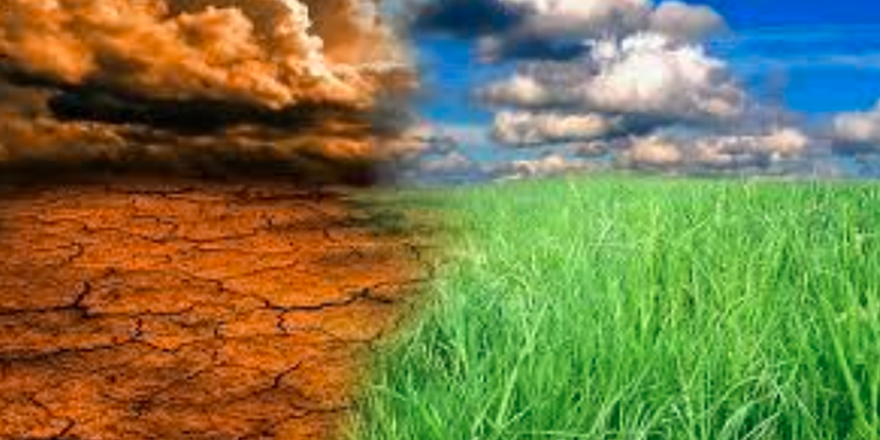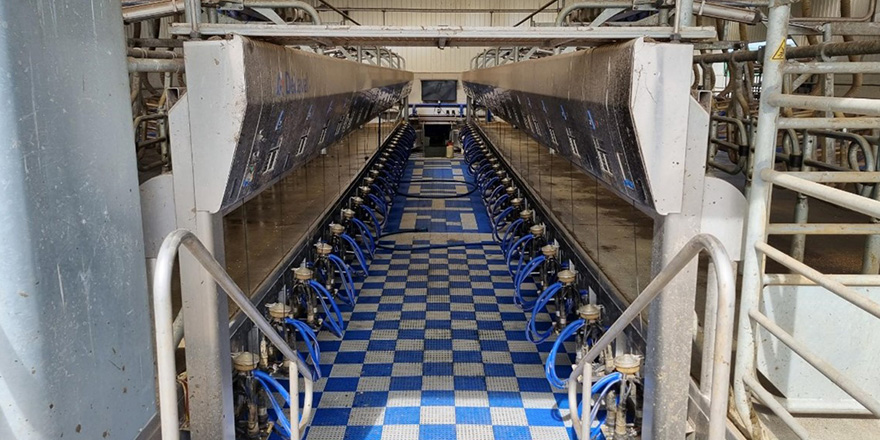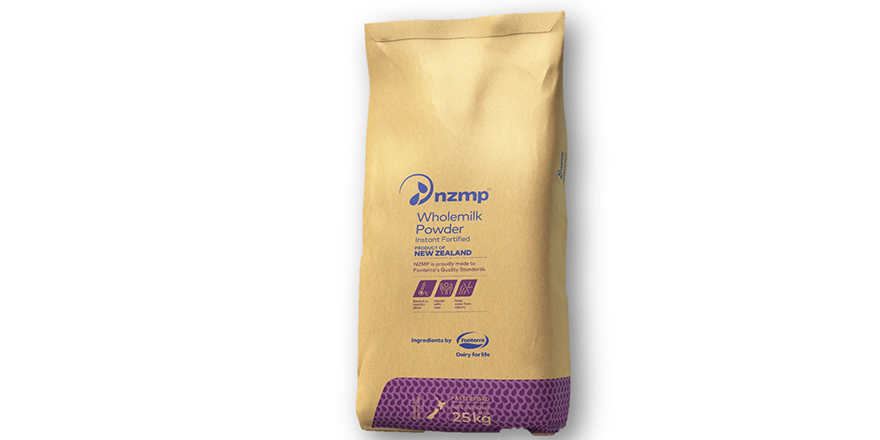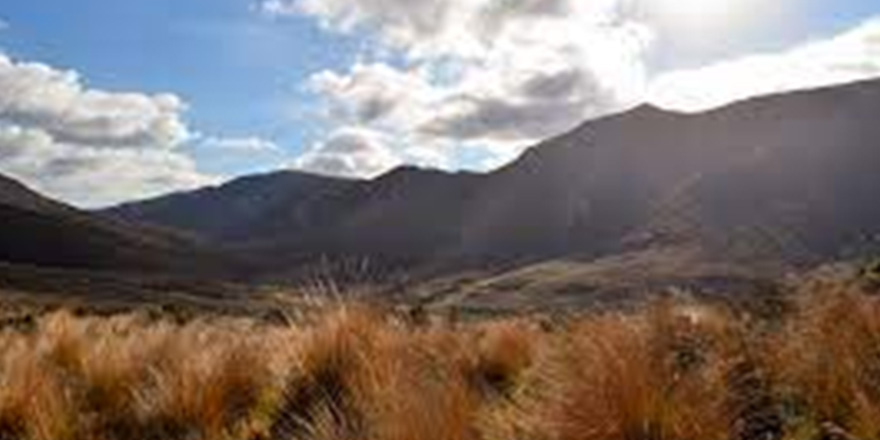
Executive summary
All across the world, in every kind of environment and region known to man, increasingly dangerous weather patterns and devastating storms are abruptly putting an end to the long-running debate over whether or not climate change is real. Not only is it real, it’s here, and its effects are giving rise to a frighteningly new global phenomenon: the man- made natural disaster. (Barack Obama, speech, Apr. 3, 2006)
In the race against climate change, this report explores the possibilities of the diversification of a dairy platform into horticulture. This report was not put together to come up with an answer or find a solution, the purpose of this report is to start a topic of conversation, provoke thoughts and ideas and hopefully create some positive changes for the greater good for the future of our environment.
Throughout there report, there is a lot of work referenced by many individuals and companies that are doing some world-changing research in the space of land use change.
In this report, it is essential to note that Horticulture refers to Fruits, berries, vegetables, vineyards.
Agriculture produces nearly half of New Zealand’s total greenhouse gas emissions with one-quarter of our total greenhouse gases coming from biological dairy emissions (Methane and Nitrous Oxide). 85% of the dairy sectors emissions are also made up on the farm, with the other 15% coming from agriculture transport and processing. When breaking emissions down within the agriculture sectors in 2017, around 78% of emissions come from Livestock, 21% from soils (fertiliser applications etc.) and the remaining 1% from urea and liming. (Emissions Tracker, 2019). New Zealand also has a unique greenhouse gas profile and is unusual for a developed country, we have one of the highest rates of emissions per person, and agricultural emissions dominate our emissions profile compared to the rest of the world where energy and fossil fuels dominate them. With the difference between New Zealand and the rest of the developed world, we could assume that no other country will look to combat methane or nitrous oxide, giving New Zealand a chance to show our ingenuity and become world-leading at reducing these gases.
There has been vast research on the likely impacts of climate change in the future. All of these changes will impact our environment, our lifestyle, businesses and the economy. These impacts and changes in climate impact not only the Dairy Industry but all sectors and put pressure on the food production industry as a whole.
From several studies, results have shown that land use change into horticulture will reduce emissions and ensure maintaining lower emissions is sustainable in the future. One study prepared for Motu found that to reach our emissions targets for 2050 seems possible with no additional on-farm mitigation through new technology however if achieved without a shift towards horticulture, mitigation technology or permanent forestry then reductions would be difficult to sustain as forestry expansion is limited. With development into horticulture by one million hectares, results show the emission reductions are almost identical to those emission reductions from new technologies. By achieving a reduction through a combination of horticulture increase and new technologies, emissions will be more manageable in the future. (Dorner, Djanibekov, Soliman, Stroombergen, Kerr, Fleming, Cortes-Acosta, Greenhalgh. 2018).
A study around permanent horticulture was researched as an option for low emitting land use. Modelling work was done on a pip-tree crop, where an area of a farm was taken out to grow chestnuts. With changing the land use on a dairy farm to permanent horticulture, there is a decrease in greenhouse gas emissions as well as a positive impact on the farm businesses EBIT. While a change in land use to horticulture could be an option soil types, crops and regional climates need to be taken into consideration. (AgFirst, 2019).
Horticulture is currently planted on 190,000 hectares in New Zealand, and according to statistics established, horticulture operations have higher profitability per hectare than dairy operations ranging from $5,000 to $20,000 and above. (Resigner, Clark, Journeaux, Clark, Lambert, July 2017). Dairy operations have profitability of around $2,500 per hectare. Currently, dairy is farmed on 2.6 million hectares (ha), fruits and berries 120,000ha, vegetables 70,000ha and grains 449,000ha (Stats NZ, April 2018). According to the reports referenced in this paper, the available land to go into horticulture is anywhere between 1.5million and 3.2million hectares, taken from both dairy and sheep and beef. For dairy farmers to be able to diversify their current farming platform into horticulture, information is needed to understand what could grow best on their platform. During the time this paper was put together, from what I could find, and very much out of the scope of this report, there is no mapping around best soil types, climate and growing ability to help dairy farmers understand their potential. However, if this could be achieved, combined with the work done on how climate change will affect our landscape, these tools would open up opportunities to help dairy farmers convert land use.
From a value-add point of view to the end product of what we are producing, Customers and consumers are more interested in climate change and sustainability than ever. Terms such as Sustainable, Organic, Environmentally Friendly, all gain consumer confidence and support. There is a lot of awareness of the impact on the climate and a focus for consumers on where their food comes from, how it’s produced, and consuming food that is healthy for them and healthy for the world (Philips, L. 2019).
Although the option to diversify a farm business into other primary sectors is very dependent on soil type, farm business and location. The idea of bringing sectors together onto the same sustainable platform which tells a story of bettering the environment fits into what consumers are looking for and wanting out of their produce. For example, looking into the future where we can work out what emissions come from a dairy farm, have a full understanding of what emissions come from a crop or orchard and also what sequestration is achieved from this, what are the possibilities?
Take a farm that has reduced its stocking rate, worked on pasture management and in turn reduced overall emissions from the dairy platform. With the farms reduced stocking rate, they have been able to plant an avocado orchard on the land that has been freed up and dramatically reduce further or even offset the emissions from farm activities completely. “Carbon Neutral New Zealand Produce or Carbon Positive New Zealand Produce”. How great would that look branded on the side of a bottle of milk or a bag of avocados?
In conclusion, climate change is a complex and continuously changing subject. The science and information around where climate change is today and how we are going to tackle this as a species is forever evolving as new information comes to light. There is a lot of evidence to suggest diversification into horticulture is not only beneficial to emissions but also potentially profitable. Although the research suggests these positive outcomes, it also notes that there is no one size fits all solution.
Every farm is different; every farmer is different. We range in farm size, herd size, systems, soil type, climate, profitability, infrastructure, and management.
If we can have a better understanding of what horticultural crop can be grown where, what will the emissions be from the growth of horticulture and what positive effects will come from diversifying into horticulture, the opportunity to future proof not only farm businesses in New Zealand from climate change but also the ability to market our collaboration and success of total carbon reduction could increase the value of our products further to the world.
At the moment we do know, New Zealand dairy farmers are already doing more than their bit in the reduction of greenhouse gases and will still do more to protect the environment and our planet from further damage.
There is an opportunity to come together as sectors, from the grassroots level to industry heads, to achieve this common goal and work together and support each other in how we are going tackle this “Titanic” problem.
We are the first generation to be able to end poverty and the last generation that can take steps to avoid the worst impacts of climate change. Future generations will judge us harshly if we fail to uphold our moral and historical responsibilities. (Ban, K. 2016)
Download and read the full report here




